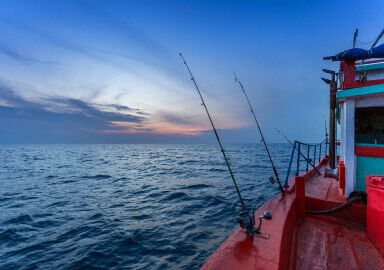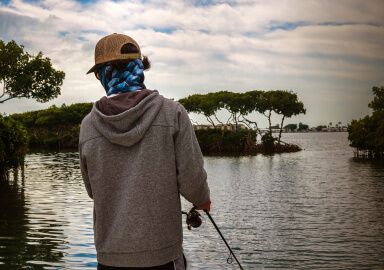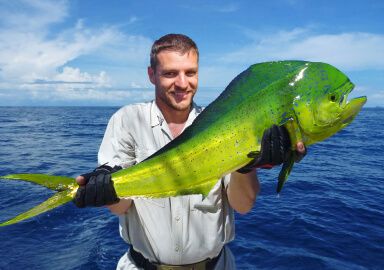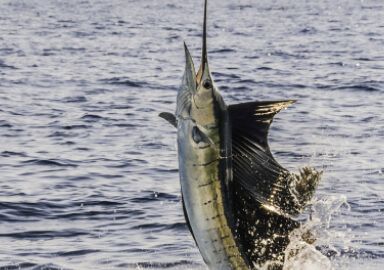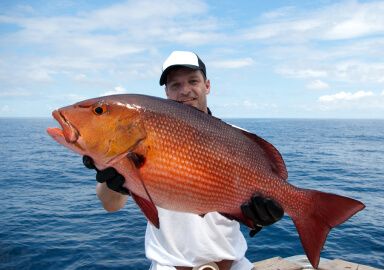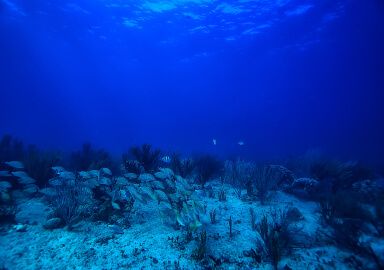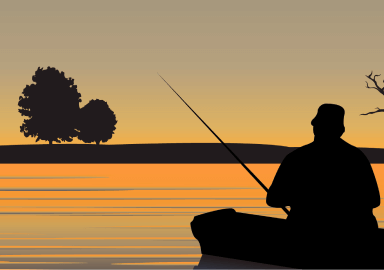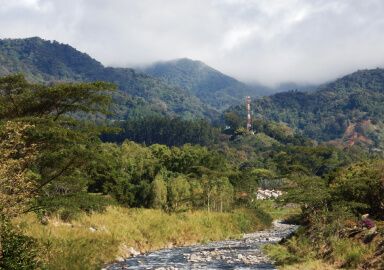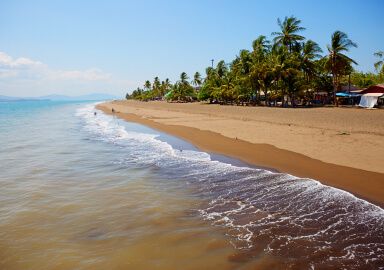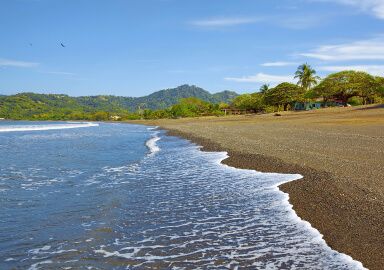Fishing in Los Santos Province
Also known as “The Tuna Coast”: from roosterfish on surf-pounded beaches to marlin in the blue Pacific, Los Santos Province offers Panama’s richest blend of fishing, culture, and wild Pacific beauty.
View 2 listings
2
listings
–
price starting from
14
fish species
About Los Santos Province
Located on the southeastern coast of the Azuero Peninsula, Los Santos Province is known as the cradle of Panamanian folklore—and a rising star in Central America’s saltwater fishing scene. The province capital, Las Tablas, is famed for its colorful Carnival celebrations, but just beyond the parades and plazas lies a rugged coast where serious anglers chase legendary fish.
Pedasí and Playa Venao serve as the main launch points for fishing adventures, offering access to both tranquil estuaries and the open Pacific. Offshore waters drop quickly into deep, bait-rich currents, while the rocky shoreline and sandy beaches provide ideal habitat for powerful inshore predators. Combine this with friendly coastal towns, local fishing expertise, and reliable weather, and you’ve got a destination that appeals to both hardcore anglers and vacationing families alike.
The region has a tropical savanna climate with a dry season (December to April) and a wetter green season (May to November). Los Santos stands apart in that it gets relatively little rain during the wet season, and you can expect the seas to be reasonably calm as well. Fishing is productive year-round, with peak offshore action in the dry season and more tranquil inshore conditions during the rains. Travel is typically through flights into Panama City, followed by a 5-6 hour drive or a short domestic flight to Pedasí.
Fishing Types
Fishing in Los Santos centers on saltwater species, with both inshore and offshore opportunities readily available. Launching from Pedasí or Playa Venao, anglers can access a wide variety of habitats within a short run. Inshore fishing includes beach casting, kayak fishing, and boat-based trips targeting rocky points, estuaries, and reefs. Light tackle and fly fishing are growing in popularity, particularly for roosterfish and jacks along the beach drop-offs. And offshore fishing trips opportunities are second to none, owing to the fact that the continental shelf drops sharply just a few miles from the shore, so you can basically start trolling for big-game fish almost as soon as the boat leaves the port.
Targeted Fish Species
Los Santos offers an exciting mix of inshore fighters and offshore giants. Inshore, the star attraction is the roosterfish, prized for its size, power, and surface strikes. Jacks, snappers, snook, and mackerel also patrol the surf and rocky coastlines. Anglers fishing estuaries and tidal creeks can expect mangrove snapper, corvina, and juvenile tarpon. Bottom fishing for amberjack, grouper, and Cubera snapper is productive near reef structures and underwater ledges.
It’s not out of the blue that Los Santos got the name of the “Tuna Coast”, unless you mean the blue waters of the Pacific. Yellowfin tuna catches are all but guaranteed in season (April to July). The black marlin pays a visit to these shores from March to April and again in August and September, followed by wahoo who stay by until December. Dorado (mahi-mahi) and sailfish also frequent the offshore waters, with occasional shots at blue marlin depending on conditions.
Fishing Techniques
Roosterfish are most often targeted using live bait (such as blue runners) slow-trolled or cast near structure. Topwater plugs and stickbaits also work, particularly during dawn patrol sessions along the surf line. For snook and jacks, soft plastics, jerkbaits, and flies imitate the local baitfish well.
In offshore waters, trolling with skirted lures, rigged baits, and teasers is the go-to for sailfish, mahi, and marlin. Tuna can be caught not only by trolling, but also by casting poppers into surface-feeding schools, or vertical jigging near deep bait concentrations. Bottom fishing around reefs involves cut bait, squid, or heavy jigs, especially for snapper and grouper.
Fly anglers find good success with baitfish and shrimp patterns in estuaries and along sandy beaches, though conditions can be breezy. Guides often adjust techniques based on tides, water clarity, and seasonal bait movements.

